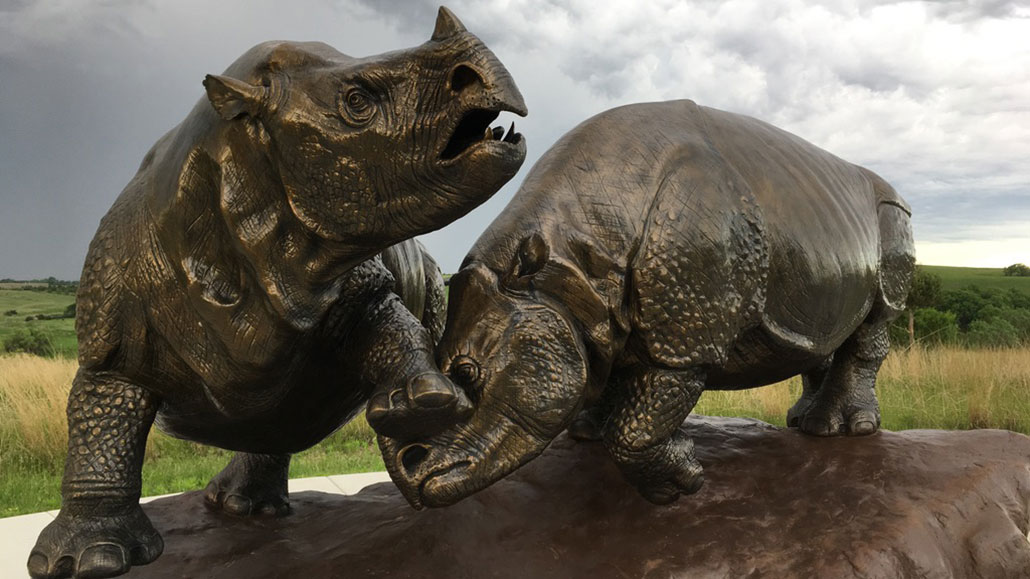Questions for “Rhinos, camels and bone-crushing dogs once roamed Nebraska”

These full-sized rhino sculptures bring to life animals that lived millions of years ago in what is now Nebraska.
Sandy Mosel/Ashfall State Park

These full-sized rhino sculptures bring to life animals that lived millions of years ago in what is now Nebraska.
Sandy Mosel/Ashfall State Park
Register to access:
An error occurred. Please try again.
Already Registered? Enter your e-mail address above.